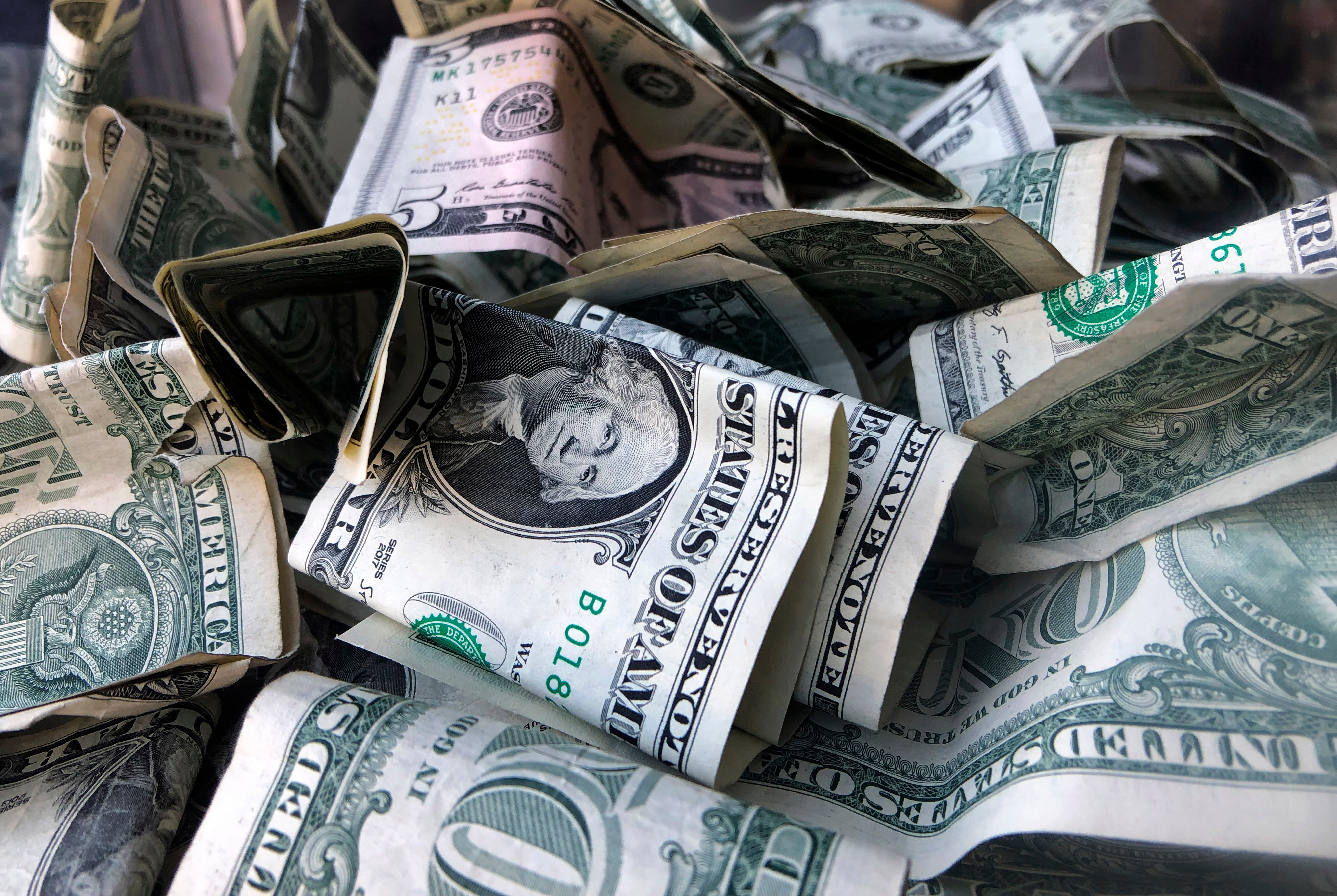Calibrate your emergency fund to a crisis-prone world
In these uncertain times, financial advisers are urging clients to not only have an emergency fund but also to consider expanding their rainy-day savings

Your support helps us to tell the story
From reproductive rights to climate change to Big Tech, The Independent is on the ground when the story is developing. Whether it's investigating the financials of Elon Musk's pro-Trump PAC or producing our latest documentary, 'The A Word', which shines a light on the American women fighting for reproductive rights, we know how important it is to parse out the facts from the messaging.
At such a critical moment in US history, we need reporters on the ground. Your donation allows us to keep sending journalists to speak to both sides of the story.
The Independent is trusted by Americans across the entire political spectrum. And unlike many other quality news outlets, we choose not to lock Americans out of our reporting and analysis with paywalls. We believe quality journalism should be available to everyone, paid for by those who can afford it.
Your support makes all the difference.It took a pandemic to convince Americans to take saving money seriously.
For years, Americans set aside 7%-8% of their income In a knee-jerk reaction to COVID-19, people stashed cash at a historic level. According to the U.S. Bureau of Economic Analysis, in April 2020, the personal savings rate exploded to over 33%.
That rush to fund emergency savings has ebbed since, but it’s still been about double the 30-year average in recent months.
“The pandemic has certainly presented a whole new set of challenges, both financially, personally and professionally,” says Elliot J. Pepper, a certified public accountant and certified financial planner in Baltimore. The need for an emergency fund has become even more acute so that unexpected expenses aren’t rolled into costly credit card or consumer debt.
Here’s how to decide how much more you may need to save and how to save it.
DETERMINING THE SIZE OF YOUR EMERGENCY FUND
If you used to keep only three months in rainy-day savings, Pepper recommends increasing it to six; if you’ve had a six-month cushion, increase it to nine.
The traditional advice of having three to six months of living expenses is a “good starting point,” according to Natalie Slagle, a CFP in Rochester, Minnesota. She says a couple with one income source alone should lean toward six months of living expenses or even more.
Jovan Johnson, a CFP based in Decatur, Georgia, favors stashing 12 months’ worth of cash for necessities.
RULES OF THUMB ARE ONLY A START
Many advisers caution against relying solely on these three-month or six-month, off-the-shelf recommendations. It’s best to consider your actual monthly expenses, they say, and determine what kind of unexpected situations you are preparing for.
Logan Murray, a financial planner and tax preparer in Tempe, Arizona, suggests thinking about the “likelihood and magnitude” of events such as losing a job. “How confident are you to get another job in your industry in the short term before your emergency fund runs out?” Murray prompts.
And if your spouse lost their job, would you have enough income remaining, or would you have to rely on the cash fund? What if you both lost your jobs? Also, think about possible higher health costs from the loss of a job and employer-based medical insurance, or a health emergency or disability, Murray says.
Factors that could affect your emergency fund’s size are another consideration, says financial planner Mark Struthers in the Minneapolis area.
YOU MAY NEED LARGER EMERGENCY SAVINGS IF:
— Only one spouse works.
— You have children.
— You own a small business.
YOU MAY HAVE MORE FLEXIBILITY IF:
— You have other assets you can tap, such as access to a 401(k) loan or Roth IRA. Withdrawals of your contributions and qualified distributions from a Roth are usually tax- and penalty-free, Struthers notes.
— You have a support system close by, such as parents or siblings.
— You have disability insurance or life insurance.
HOW TO MAKE AN EMERGENCY FUND A SAVINGS PRIORITY
Pepper urges clients to determine a proper emergency fund balance, divide that number by a reasonable time frame and set up an automatic transfer from their checking to a savings account until the goal is met.
“This forces people to treat savings as a part of their ongoing expenses instead of something that is more of an afterthought,” Pepper says.
As Slagle says, “If you don’t automate it, you will end up spending it.”
Also, Johnson suggests seeking strategic ways to add to the fund, such as with a tax refund, a potential future stimulus check or credit card rewards cash.
WHERE TO KEEP YOUR EMERGENCY SAVINGS
“I recommend clients place this money in a place that is easily accessible and secure, such as an online savings account that is FDIC-insured. This money should not be put at risk,” Johnson says.
Struthers recommends a three-bucket strategy, putting emergency savings into three different accounts and accessing them in this order, as needed:
— A savings account.
— A money market account. (It has “a higher yield and is safe, but with a tiny bit more risk,” he says.)
— One-year certificates of deposit. (“You know the rate for a year and can just roll it over. Even with a three-month interest penalty, it can be a great option,” Struthers adds.)
This article was provided to The Associated Press by the personal finance website NerdWallet. Hal M. Bundrick, CFP, is a personal finance writer at NerdWallet. Email: hal@nerdwallet.com. Twitter: @halmbundrick.
RELATED LINK:
NerdWallet: Should you use your emergency fund during the COVID-19 outbreak? https://bit.ly/nerdwallet-covid-emergency-fund